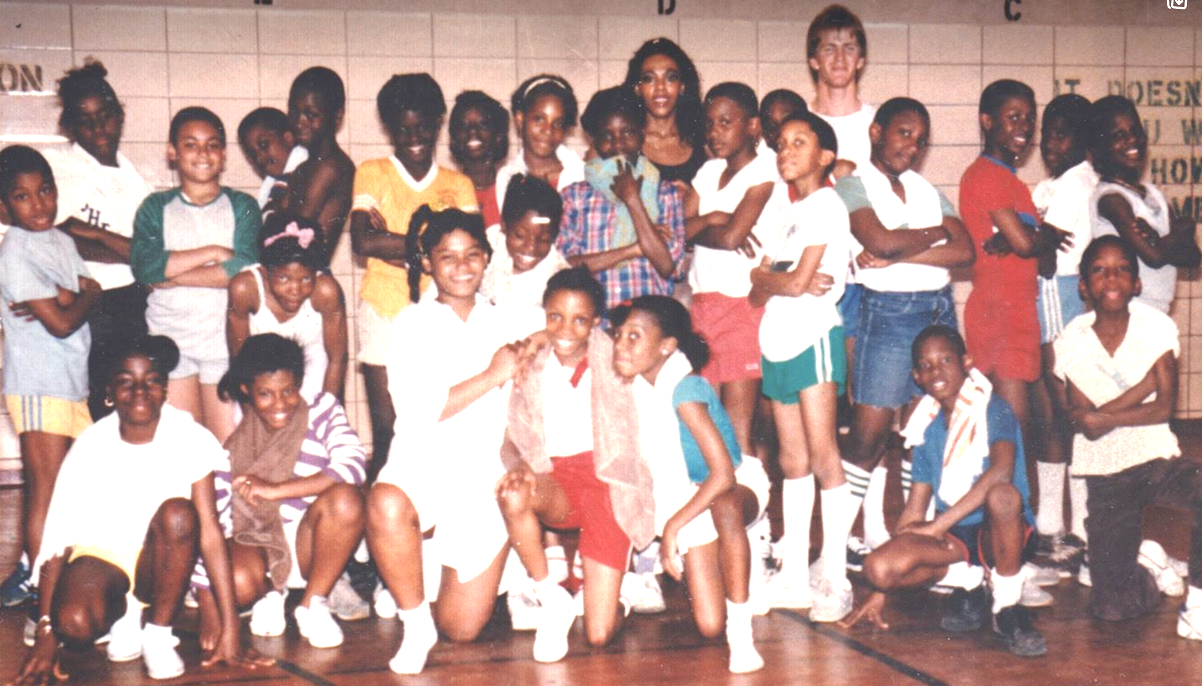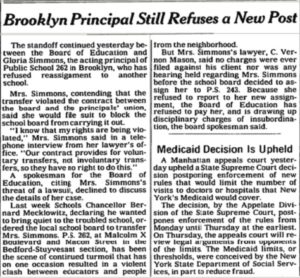
In Chapter 2, the author grapples with the challenges of working at a school in Brooklyn, which was plagued by a lack of resources and staff tensions. To ignite their students’ passions and broaden their horizons, different professionals were brought into the classroom as guest speakers. Despite these efforts, the author struggled against an oppressive administration and a dismissive school system.
When the author’s students and they wrote letters to the mayor describing the school’s deplorable conditions, the response was disappointing and dismissive. This, coupled with escalating tensions among the staff and the principal, led to an unexpected reassignment.
Despite the painful separation, the author continued visiting their former students at PS 262, reflecting the deep bond that had formed over time. They aimed to show the students a side of life beyond the confines of the classroom. This desire inspired the author to organize an excursion to the city center, where they saw the students engage with the world with curiosity and excitement. This experience filled them with hope and set the groundwork for the eventual creation of an after-school program, HarlemLIVE.
Discussion Points:
- Educational Crisis in 1985: Discuss the challenging circumstances in New York City in 1985, such as the crack cocaine epidemic, rising crime rates, the AIDS outbreak, and the teacher shortage. How did these factors impact the education system and the community?
- The “Mirror Test”: Explore the consequences of the board of education’s decision to lower teaching standards and grant temporary teaching certifications to address the teacher shortage. What impact did this have on the quality of education?
- Discovering a Passion for Teaching: How did the author’s journey into teaching begin? What factors influenced their decision to pursue a career in education despite having no prior training or experience?
- Challenges of a Novice Teacher: Dive into the author’s initial struggles as a teacher. How did they try to connect with their students and overcome challenges like classroom management and student defiance?
- Supportive Figures: Discuss the role of Gloria Simmons, the seasoned administrator who became the author’s ally. How did her support make a difference in the author’s teaching experience?
- Dealing with Racism: Address the shocking encounter with the teachers’ union leader who expressed a racist attitude. How did this experience impact the author, and how did they eventually speak out against it?
- Overcoming Personal Obstacles: Explore how the author faced personal challenges outside of teaching, such as their layover in Costa Rica and their roommate’s drug addiction. How did they manage to overcome these obstacles and maintain their commitment to teaching?
- Effective Teaching Strategies: Discuss the strategies the author employed to handle misbehavior in the classroom, such as keeping detailed notes. How did these strategies help them become a more effective and respected teacher?
Quotes:
- “His feeling that only he could do it right in so many instances had a lasting impact on my self-confidence, making me feel as though my efforts were never adequate.”
- “I wanted my students to be exposed to professionals in different fields, to glimpse a world beyond their own and perhaps discover something that would ignite their passions.”
- “This type of exposure became a cornerstone of HarlemLIVE’s philosophy: to open doors and broaden horizons, to help the students see a world of opportunity.”
- “I had no idea those letters would have such profound consequences.”
- “Well, that was a very naive thing to do,” he said, before launching into a rambling, self-important speech about his experience in the education system.
Discussion Points:
- Classroom Environment: Discuss how the author transformed the classroom environment by decorating it with colorful book posters. How can a well-decorated classroom impact students’ engagement and learning experiences?
- Professional Development: Explore the author’s commitment to professional development by attending workshops and studying educational methods from authors like Herbert Kohl and Marva Collins. How did these efforts contribute to the author’s teaching skills?
- Building Confidence: Analyze the importance of building students’ confidence, as it was a crucial goal for the author. How can teachers help students overcome self-doubt and believe in their abilities?
- Personal Challenges: Reflect on the author’s personal experiences with a father who often undermined their efforts. How did this childhood experience influence the author’s teaching philosophy?
- Guest Speakers: Discuss the impact of guest speakers from various fields on the author’s students. How did exposure to professionals from different backgrounds broaden the students’ horizons and inspire them?
- Advocating for Change: Examine the author’s decision to have students write letters to the mayor to address the school’s issues with resources. What role can students play in advocating for improvements in their education?
- Principal’s Reaction: Analyze the principal’s response to the letters sent to the mayor. Why was the principal’s reaction dismissive, and what might this reveal about the school’s leadership?
- Union Conflicts: Explore the tensions among the staff, particularly the conflict involving the union leader and Ms. Simmons. How can internal conflicts affect the school’s overall environment and mission?
- Principal’s Warning: Discuss the principal’s warning to the author about the mayor’s visit and its potential consequences. What might this reveal about the principal’s priorities and intentions?
- Impact of Actions: Reflect on the unintended consequences of the students’ letters to the mayor and the author’s outspoken response to the school’s challenges. How did these actions shape the school’s future?
Quotes:
- “This practice of taking smaller groups of kids on after-school excursions would become the secret sauce of my success as a public school teacher and the reason I left the public school system a decade later to create an after-school program called HarlemLIVE.”
The NYT article mentions Mrs. Simmons, who was an ally. This occurred a couple of years after the author had left the school.
